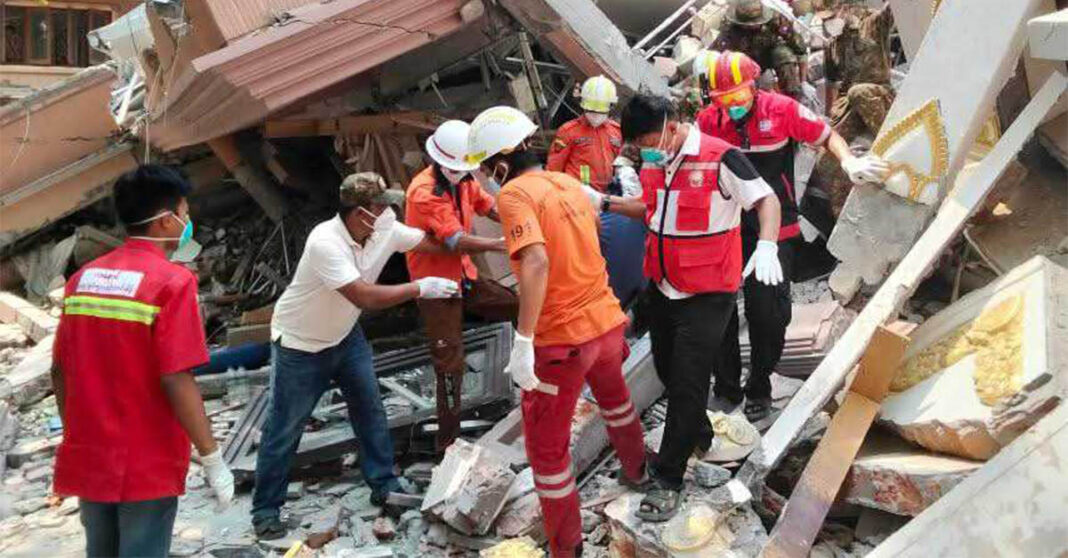As of 2 April, Myanmar and Thailand have recorded 264 aftershocks following the powerful 7.7-magnitude earthquake that struck Myanmar on 28 March. With the death toll nearing 3,000, these ongoing tremors are compounding the destruction already caused by the initial quake.
The earthquake, which struck near Mandalay at around 1:20 p.m., has left entire communities in ruins, with the shockwaves also triggering widespread damage across northern and central Thailand.
In Bangkok, the collapse of a partially constructed building claimed the lives of 17 people, with dozens more still missing. Several other buildings have been reported to have sustained structural damage.
As rescue operations continue, the death toll in Myanmar continues to rise. The hardest-hit areas include Sagaing and Mandalay, Myanmar’s second-largest city. Hundreds of bodies have been recovered from the rubble, and it is feared that many more remain trapped. In Sagaing’s Myoma district, the collapse of several mosques during prayers has resulted in the deaths of an estimated 500 people.
In addition to the loss of thousands of lives, many survivors are left homeless. Thousands more are now seeking refuge on the roadsides, either because their homes have been destroyed or due to fears of further aftershocks. Food and medical supplies remain scarce as the region grapples with the aftermath of the disaster.
With aftershocks still rattling the region, the Thai Meteorological Department has issued safety guidelines for people in earthquake-affected areas.
The department recommends taking cover under sturdy tables, avoiding windows and glass panels, and staying clear of elevators during tremors. If you are outside, stay away from tall buildings and power poles.
As international relief efforts continue to pour in, the full extent of the destruction remains unclear.



